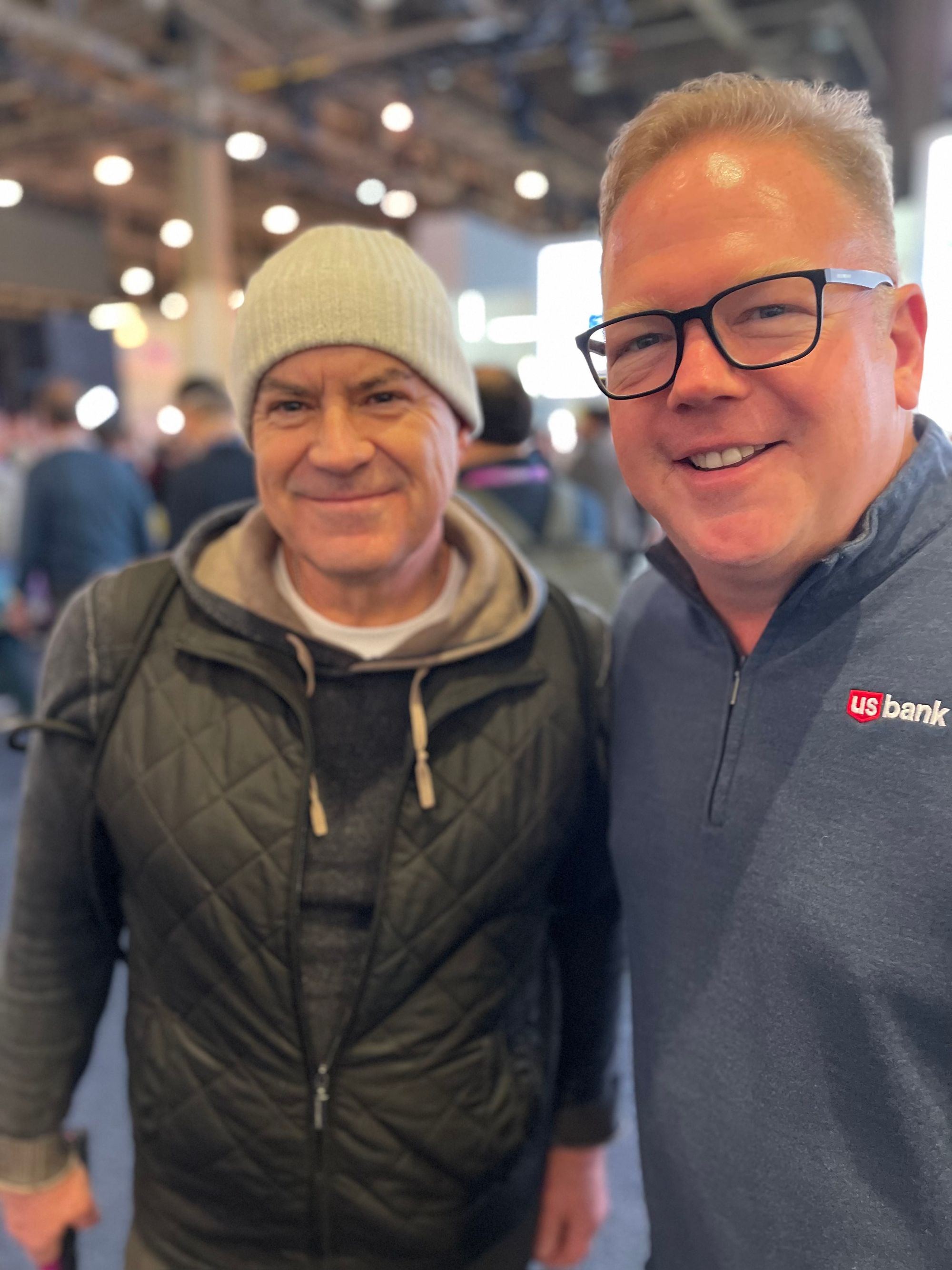Don Relyea is Chief Innovation Officer and Chief Digital Officer for Employee Segment at U.S. Bank. In these roles, he works with the Digital, Innovation, Legal, and Technology teams to develop strategic assessments of emerging technologies and products, and their potential role within the company. He also negotiates intellectual property agreements in partnership with business lines, in-house legal experts, and outside counsel.
An avid inventor with more than 100 U.S. patents, Relyea’s career has spanned sectors in banking, telecommunications, interactive gaming, and web development.
Relyea has more than 25 years of experience in innovation, technology, design, and customer experience. Prior to U.S. Bank, he held leadership roles covering design, intellectual property and innovation at BBVA, Barclays, Verizon and others. His background also includes time as a video game designer, including a Star Wars 3D game that was featured on the Conan O’Brien show. His first job out of college included designing and developing the first website for Coke.
Relyea earned his BFA in Fine Arts and his BBS in Management Information Systems from Southern Methodist University.
1) What are you looking forward to the most at this year’s CES?
It’s amazing to see how much technology has advanced. For example, we’re seeing improvements in miniaturization that are enabling customer experiences that were not possible before for the mass market. I’m probably most excited about how digital twin and metaverse tech has evolved over the past year. The first exhibit we saw was a great example: the Incheon Airport in Seoul, South Korea, has a digital twin they use to manage foot traffic and the physical space; it allows travelers in the airport to use Augmented Reality tech on their phones to follow a robot avatar through the physical airport to navigate to where they want to go.
2) How has technology innovation accelerated in financial services in recent years?
Interactions are becoming more digital, ambient, and interactive. Customers want us to make money and payments easier, faster, and simpler – and also more ambient and automated in the background so they can focus on what they want to be doing rather than banking. It’s less about the traditional channel and more about enabling them to bank when, where, and how is best for them – from wherever they are. Another area that is really advancing is embedded financial services, and using APIs to facilitate those. When you can make money movement part of the experience itself, it’s so much more seamless for the customer and for the business.

3) How is U.S. Bank utilizing technology in their operation and improving customer service and interactions?
The short answer is: in so many ways. But specifically in terms of customer service and interactions, we have a “digital plus human” model that our customers have really embraced – they love it, we’ve received so much positive feedback. What that means is digital tools that allow you to DIY your needs, as well as digital tools that connect you with one of our bankers for when you want human help with your needs. It’s things like our top-rated mobile app and award-winning Smart Assistant, alongside things like virtual appointments and our first-in-the-industry cobrowse experience, which lets a customer screenshare with a banker and navigate mobile app or online banking together while receiving guidance. Where we find real value is in using technology to make those human connections. The takeaway is that ultimately digital will make human interaction all the more valuable, as technology will allow for better customer interactions and experiences.
In terms of building and creating these experience, we’re really focused on cloud-based platforms that we can re-use enterprise wide. They provide more seamless and consistent customer experiences for all of our customers, across all of our different types of products and services.
4) What are the latest trends you are noticing in technology, business, and how we use money in the future?
One really interesting and insightful thing we’re seeing is all of the demos that have to do with shopping in the metaverse. There are tons of them. Then there’s also all of the augmented shopping experiences, lots of wearables, gestural and AI intent detection – all happening with no interfaces. It’s such a different consumer model than the world we live in today, and it’s fascinating. That’s why we in financial services are evolving to meet customers where they need us – at the digital points of sale through APIs and through industry standards like Real Time Payments. We are helping to enable that future.









